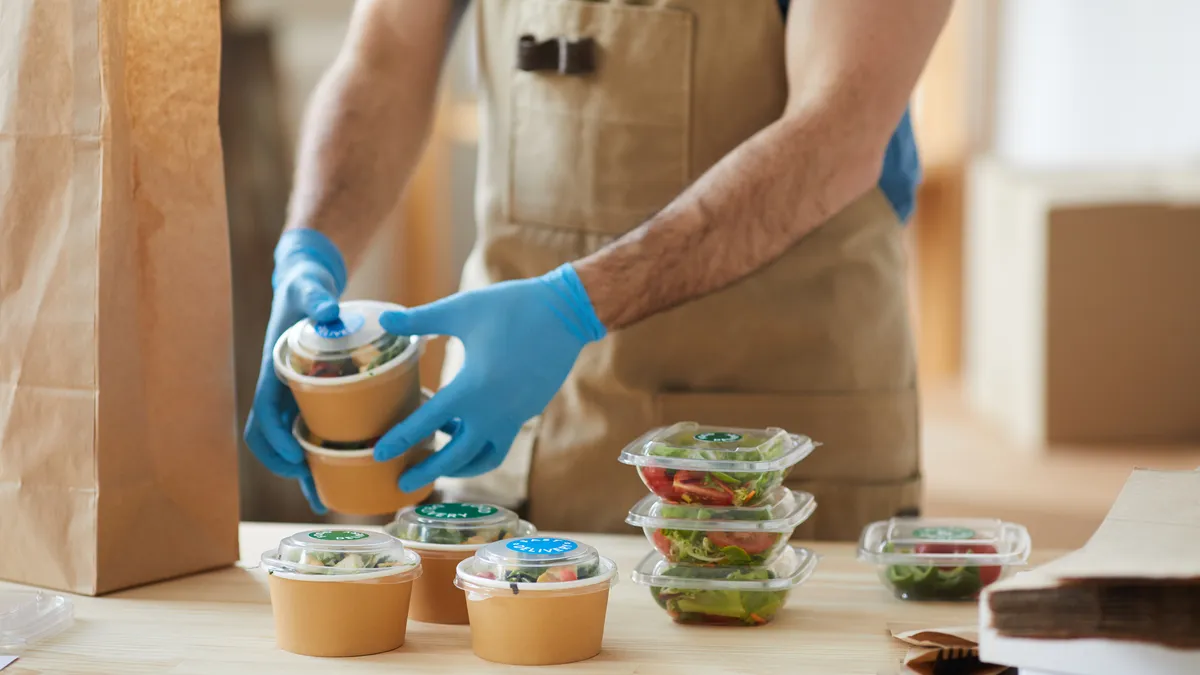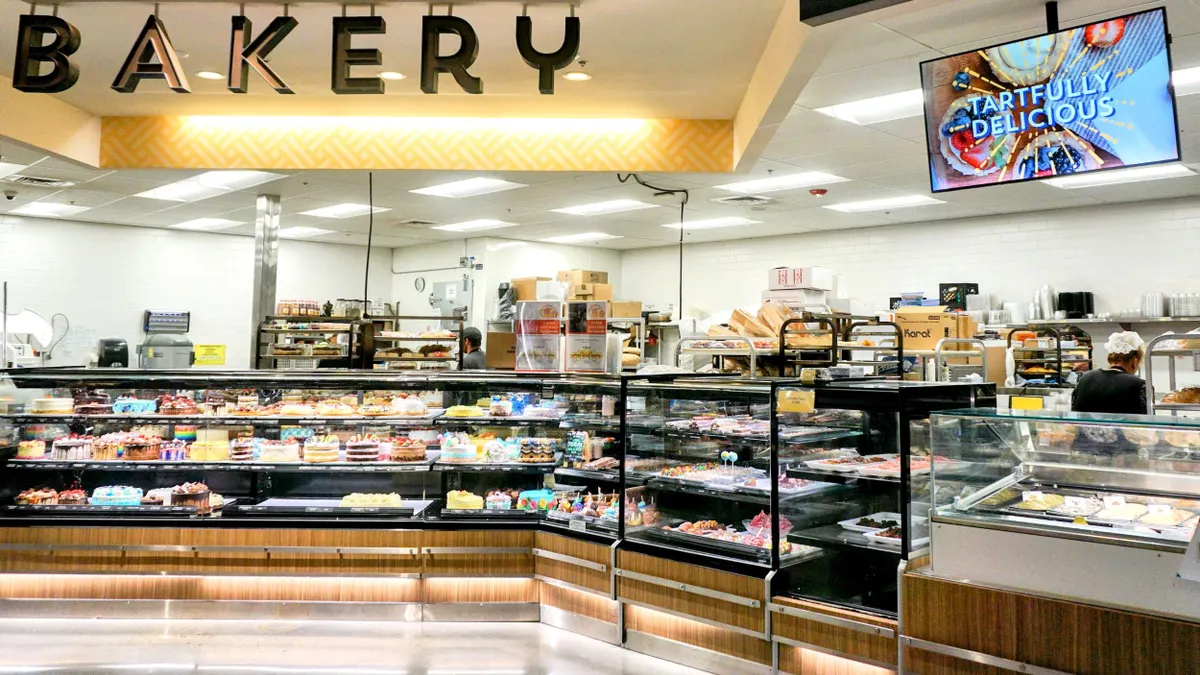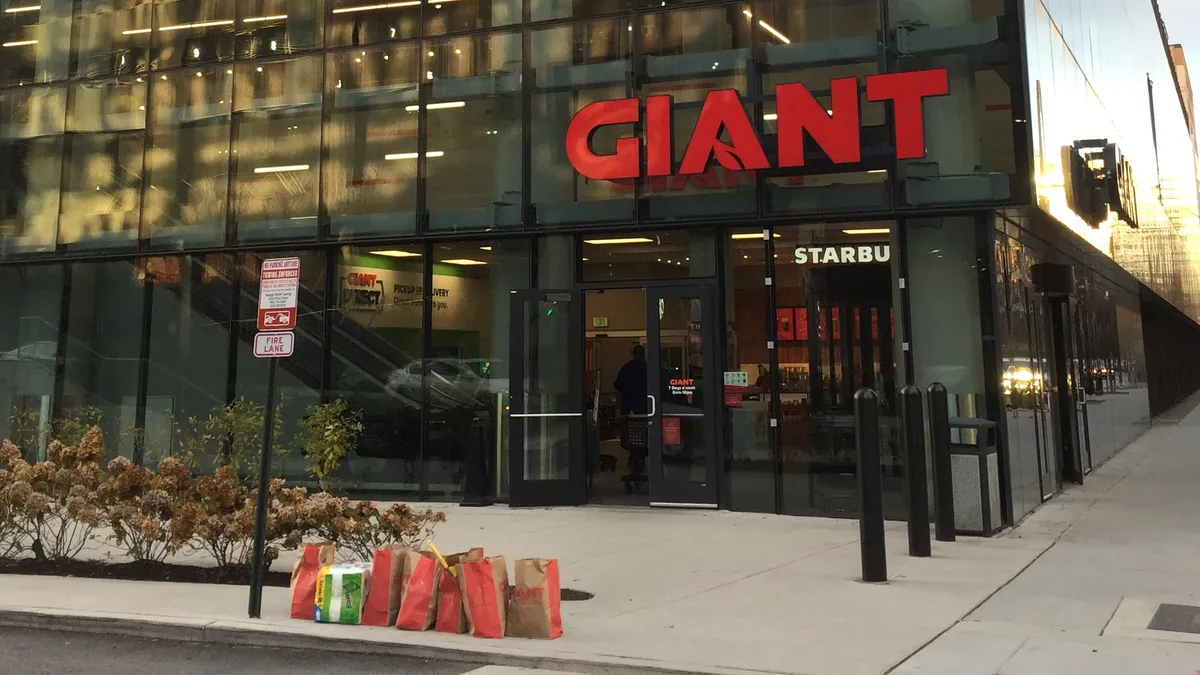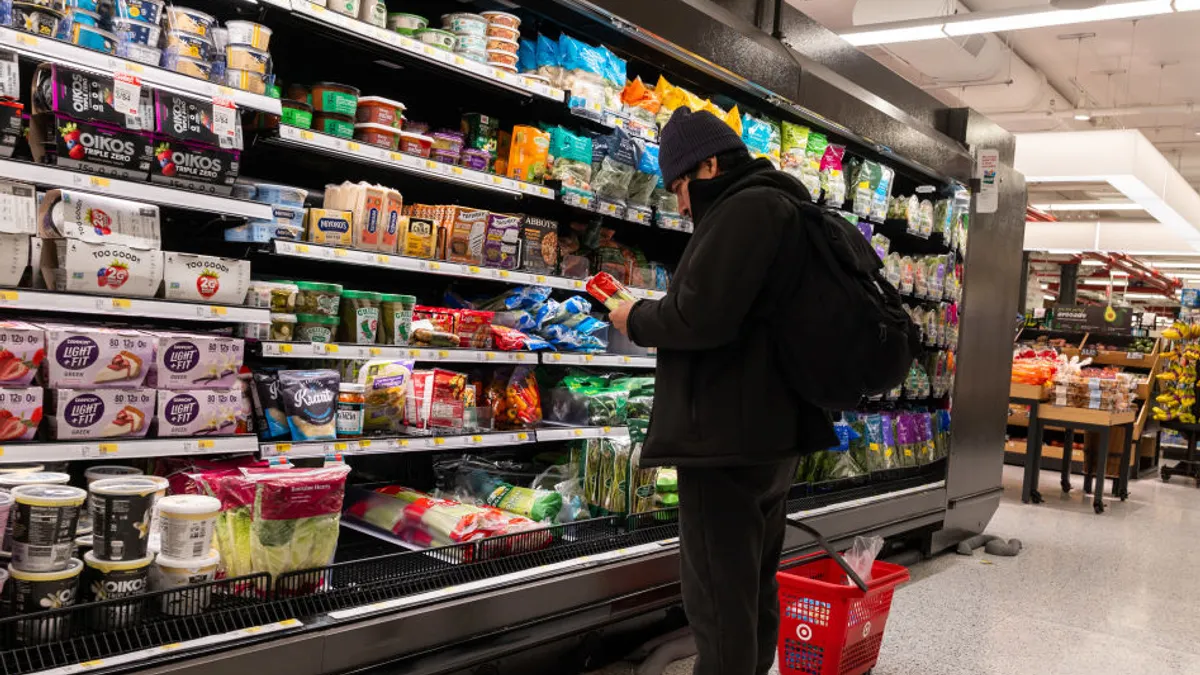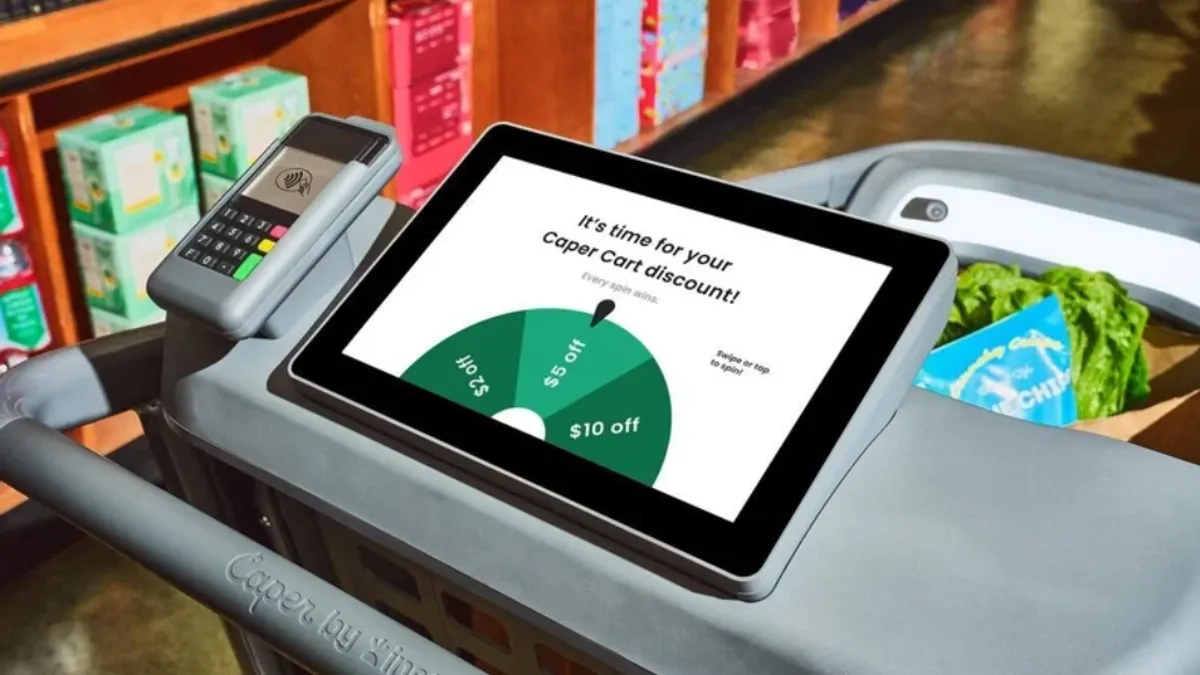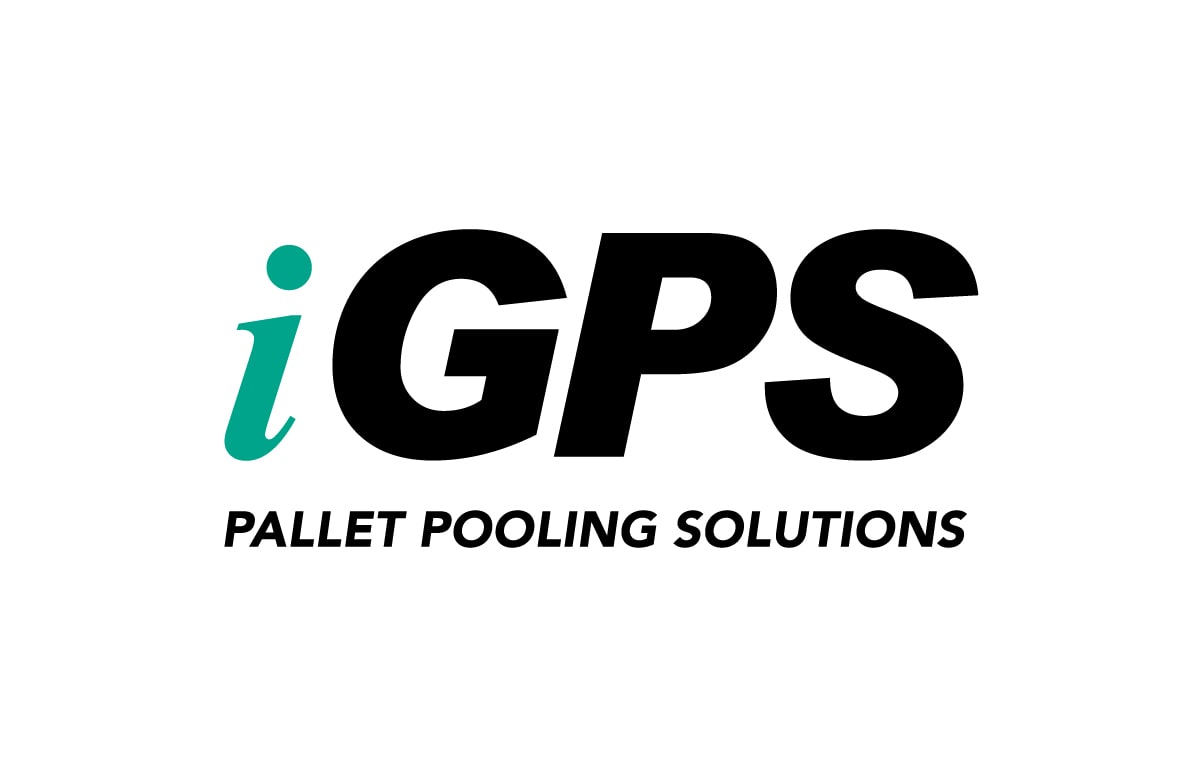Sally Robinson is vice president of strategic initiatives at Upshop, where she focuses on implementation of tech solutions to expedite new item data, processes and regulatory compliance in the fresh space. She has more than 20 years of retail experience including fresh data analysis and management, supply chain management, procurement, retail merchandising, distribution, operations and business process re-engineering.
Shoppers at grocery stores take food safety for granted. Why?
Because they trust retailers to be invested in leading preventative food safety practices. Even before the recent bout of bird flu hit the U.S. — and consumer’s food budget due to rising egg prices — the industry has been working hard to raise safety standards in the U.S.
Food safety negligence can compromise that trust. Contamination outbreaks are unfortunately prevalent: the FDA investigated 26 foodborne illness outbreaks in 2022 alone. Consider a major E. coli, Salmonella or Listeria outbreak occurring in your stores. Poorly handled, this type of situation could shatter trust that’s been building over years of brand loyalty.
The risk is too high to take food safety — and by default any legislation pertaining to food safety — lightly. And as any grocer in the long game knows, rapid global change will always bring about the need for rapid retailer adjustment, especially when it comes to legal compliance.

How well prepared are your stores for an outbreak? Take for example a high-risk food: What were the receiving and shipping details? What were all the products that are included within the store that need to be removed, and how quickly can this information be provided? How does the organization deliver key information and transparency to its shoppers who might have been affected?
Understanding where high-risk foods are sold and transformed within your operation develops a precedence to identify them quickly and accurately in the event of an expedited removal.
The introduction of the Food Safety Modernization Act (FSMA) nearly a decade ago brought food safety policy and prevention of foodborne illness to the retail forefront. 2023 saw the Food Traceability Final Rule, a refocus on FSMA section 204, which outlines the importance of tracing high-risk foods through the supply chain and into retail establishments.
What the new rule means for retailers
Let’s take leafy greens for example. FSMA 204 requires defined key data elements from harvesting and cooling prior to initial packing. After the packing event, a Traceability Lot Code is introduced and continues to be linked throughout shipping and receiving. If leafy greens are transformed into prepared items like sandwiches or salads and followed by a shipping event, a traceability lot code must also be captured and follow the newly transformed product. Due to the outbreak of foodborne illness risk associated with high-risk foods, additional record keeping and expedited response times during recall or outbreak is a key guiding principle to FSMA 204.
Retailers need to meet and understand government requirements while exercising consistent prevention. Because food safety is more than an agenda item — it’s a proactive culture.
Grocers need a consistent, detailed approach to food production and declaration to understand where and how high-risk foods are sold and transformed. Prioritize consistency in understanding controls and captures around receiving and shipping events, how products are handled and how to identify high-risk foods accurately to expedite removal.
Though accurate data capture can be labor intensive, operational support from a sustainable technology solution is crucial. Integrations with older technology set stores up for slow or incorrect responses, unable to process complex or accurate data, maintain operational efficiency or provide expedited communication for data and products.
The final FSMA 204 ruling doesn’t take full effect until 2026, but now is the time to begin examining these current systems to understand where gaps exist and how a culture of prevention-based food safety enabled by technology can be built and sustained.
Begin with this: Refuse to take food safety for granted within your organization. Remember how quickly trust can disappear. And after that?
Using a preventative food safety checklist
1. Conduct a total data assessment
Understanding your organization's current data state is foundational to shining a light on food traceability. Your analytics are not only the driving force in accurate, expedited response to recalls, but the key to establishing traceability so transparent that every part of the store is visible and accounted for in the case of an outbreak.
What is the accuracy and availability of key data elements that impact your overall operation? How is data captured today vs. how will it be captured in the future? What is the level of supplier readiness to provide data and Track and Trace events? Assessors should consider data that exists today, data that’s needed in the short term to close the gap and a long-term vision for future data.
Here, technology solutions are vital: They can provide the consistent, accurate and visible automated data capture necessary to reach total compliance while paving the way for future data that keeps your shoppers safe.
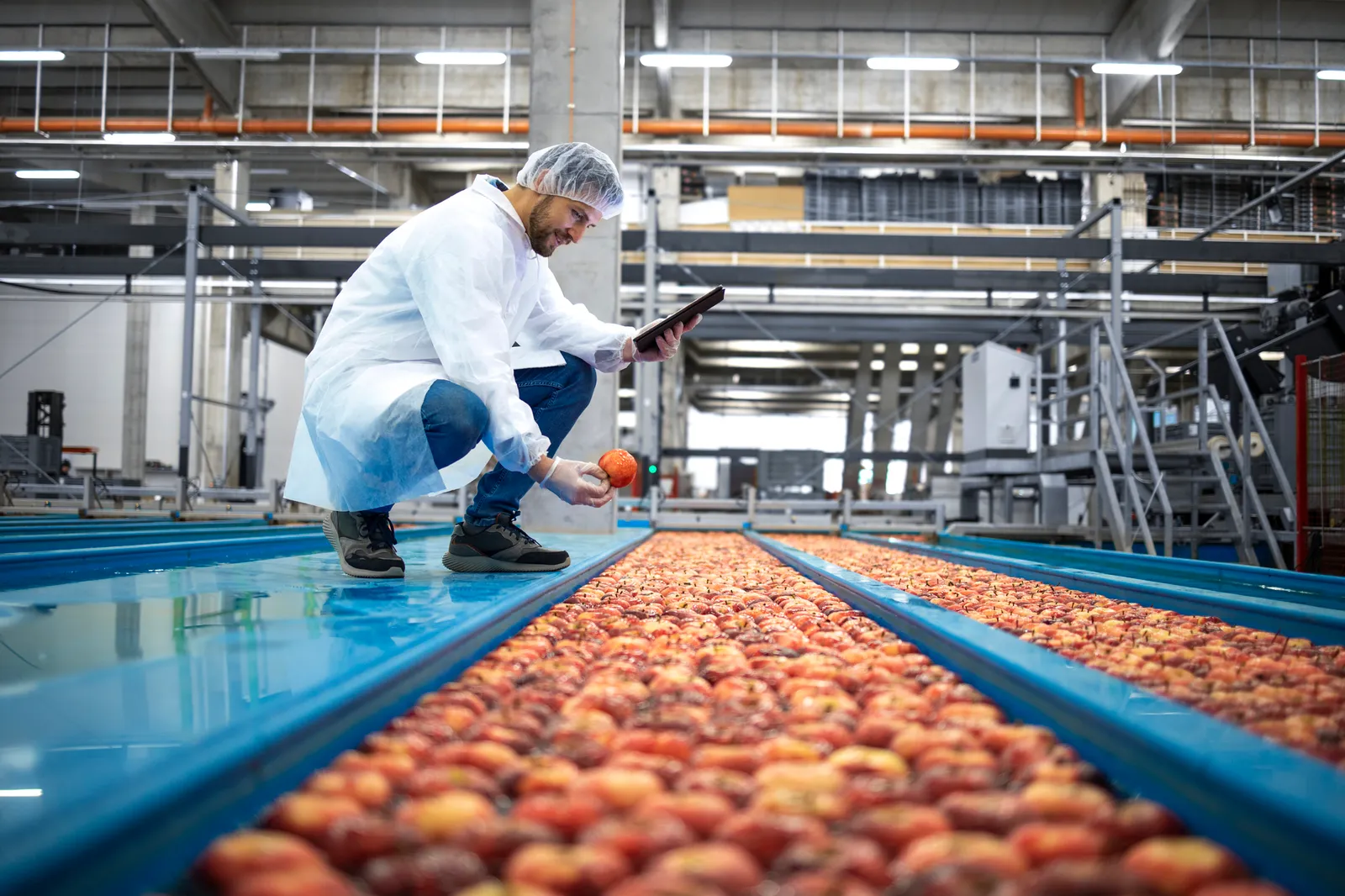
2. Prioritize the gaps
Initial focus should be on the foundational key data elements to support current requirements and upcoming legislation, including assessment of supplier ability to provide Key Data Elements.
How will high risk foods be identified? How will data be captured and referenced once received by the retailer?
Pinpoint technology gaps: What technology functionality is needed and in what areas? Consideration of technology needs should take into account where you are now and where you need to be in the future across all impacted areas.
3. Build out the roadmap
Requirements around tech enabled traceability will continue to evolve over the next few years, so your traceability roadmap should incorporate current readiness and future strategy. This may mean involving an element of expansion beyond high-risk foods, such as traceability capabilities closer to the consumer. Ultimately, every retailer should feel empowered to support current and future traceability initiatives including, though not limited to, understanding how FSMA impacts Track and Trace events and overall compliance.
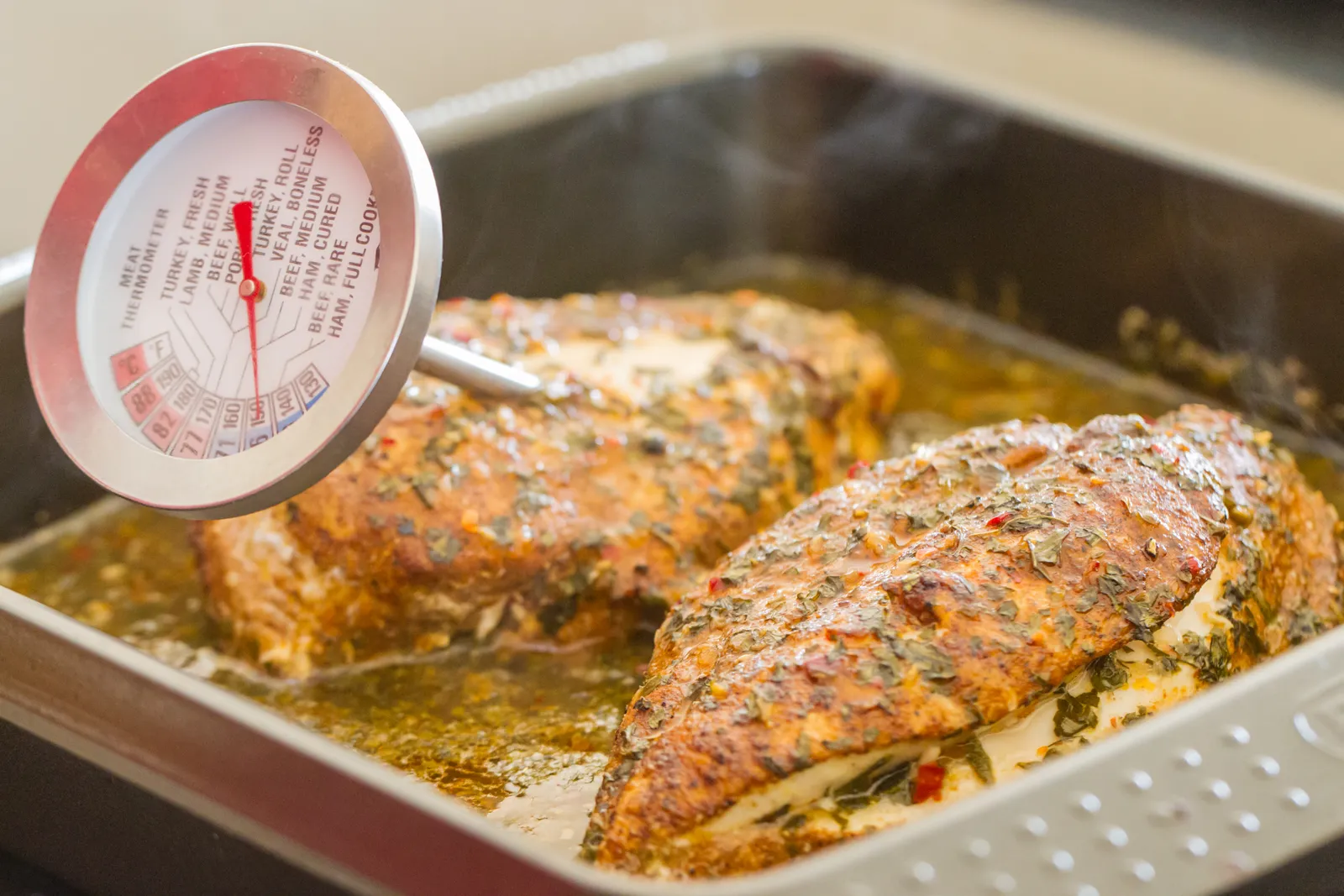
4. Scope out the most effective alliances
A technology-enabled roadmap is crucial to sustainable processes that expedite responses and accuracy. As the roadmap changes, it is important that your software partner has both ability and the flexibility to adjust to shifting requirements. Look for solutions with proven experience in simplifying complex compliance challenges in retail environments; leveraging this type of partnership plays a critical part in providing expedited visibility to information and response now and in the future.
Creating a traceability action plan, building the crucial link between food safety and traceability through data and leveraging technology to facilitate streamlined protocol are paramount to your food safety journey. Creating and maintaining organizational processes that nail legal compliance while ensuring food safety events are managed efficiently and effectively is the best way to preserve all your hard-earned shopper trust.
5. Futureproof
Building a future-proofed food safety is a necessity — because food safety isn’t waiting for your stores to catch up— and neither are your shoppers. When their trust is breached, it might be forever. Remember the recent Southwest flight cancellation fiasco? Not staying ahead in operations caused a series of cancelations that escalated into an uncontrollable frenzy that will likely impact how customers view the airline for the rest of their lives.
Grocers aren’t safe from this kind of catastrophic reaction. The CDC estimates one in six people in the U.S. get sick from food illnesses each year: that’s 48 million Americans. Set your organization up for the best possible success in adhering to FSMA regulations now and in the future by establishing clear and connected preventative food safety systems. Embrace a culture of retail food safety that is not only prepared to react, but prepared to prevent.


